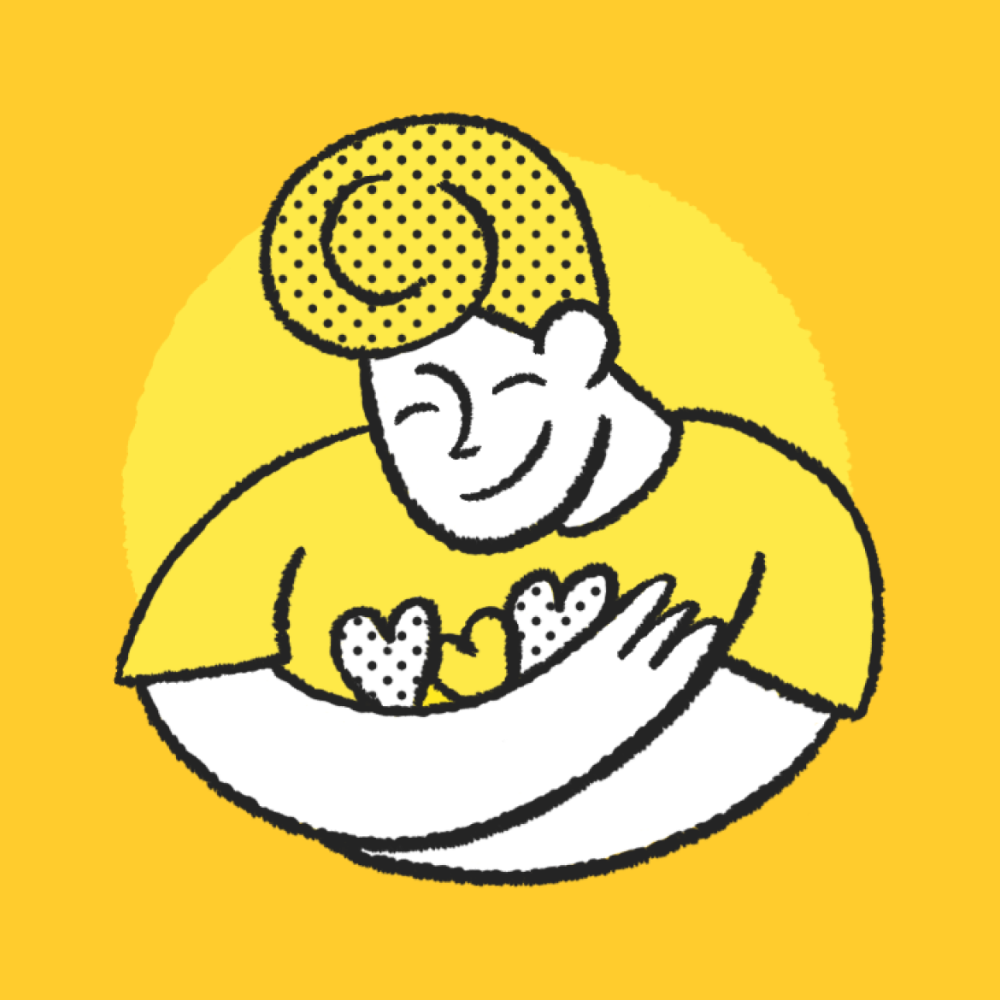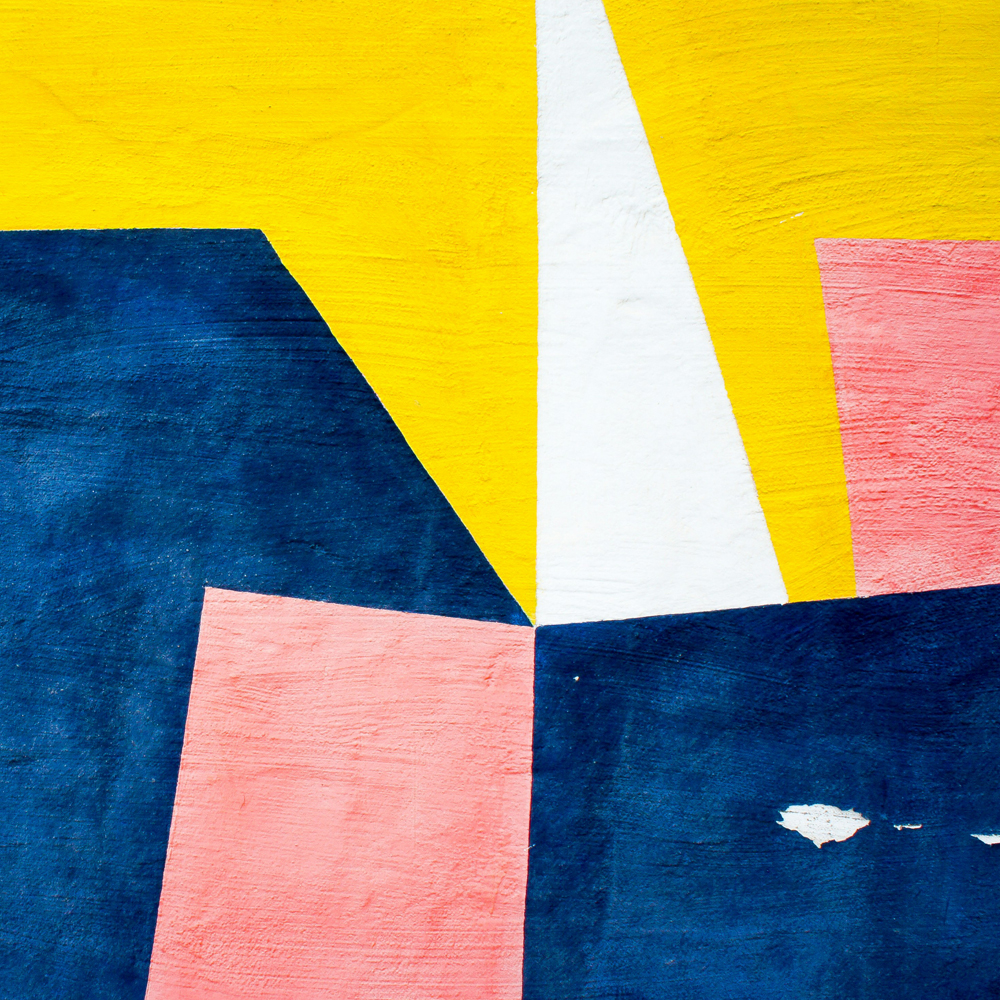Why isn’t a promising product catching on? Companies typically struggle to find an answer. A common culprit is leaving key voices out of the ideation process, leading to products that provide little value or are unusable. Another common mistake is spending time fixing what’s broken rather than creating what’s next for the product in the market.
Why do so many design efforts fall into these traps, and how can companies do better? We’ve found that even when firms think they’re following principles of “design thinking,” they’re often overlooking key components or applying them incompletely. In fact, 64% of the features in custom development applications are either “rarely” or “never” used. Design thinking applied to digital products is a disciplined, iterative process of discovery—one that requires understanding pain points, defining valuable solutions that are achievable, and assessing viability before bringing products and solutions to market. Anything less results in forgettable features.
Adopting the following practices helps to create clarity amidst the chaos of product definition, driving valuable solutions that your customers will want to use.
Once the product vision is set, go beyond the surface to identify and truly understand pain points for the audience and business.
It’s rare we meet a client with a product 100% defined and ready to be built. That’s not a complaint—we love the unknown, and honestly, it’s better than making assumptions about what an audience truly desires or needs. This is where deep insight into the voice of the customer is critical, and why empathy is often cited as a key element of design thinking. Conducting voice of customer research is key to bringing in the end users’ perspective and should be conducted early and often. Chances are, you are not your customer—so the only way to understand their needs, desires, and how they might use your product comes from researching them.
We’ve found that even when firms think they’re following principles of “design thinking,” they’re often overlooking key components or applying them incompletely. In fact, 64% of the features in custom development applications are either “rarely” or “never” used.
Since a well-mapped product aligns business needs with user needs, it’s critical to talk to the key stakeholders who are most invested in the product’s success. That’s how you can truly understand business pain points and goals. This audience can range from department leaders to executives all the way to third-party suppliers.
At Launch by NTT Data, we uncover product opportunities (pain points) through:
- Facilitated sessions that gain rapid stakeholder alignment around business goals.
- One-on-one qualitative interviews to enable deeper insight from customers and stakeholders.
- Competitive and analogous research to understand where the market is going and help identify opportunities to differentiate.
- Additional user studies if a product exists in the market, but needs to improve.
With alignment and understanding secured, it’s time to ideate.
Harness the power of diverse viewpoints and skill sets at the ideation table.
Research has proven time and again that diverse groups are more innovative than homogenous groups. That’s why we bring engineers, designers, and colleagues with diverse backgrounds and experience into the conversation. The end result? We generate ideas from different personal and technical viewpoints, and even more importantly, from across other industries that our customer may not have considered. Other perspectives may come from strategic consultants or even crowdsourcing from prospective and/or current users.
As these diverse ideas flow, it’s critical that you learn to manage them effectively and efficiently. Diverse groups can be challenging to keep on track, as new ideas feed on each other and imaginations are stirred. But ideation needs to be more than random “brainstorming.” Effectively facilitating high-achieving, diverse voices is an art form that can’t be overlooked. Well-guided sessions keep the creativity flowing while ensuring the group stays focused on solving the core problem and pain points. If you don’t learn to harness all that energy, it can quickly steer you away from the problem at hand.
What we keep in mind while ideating solutions:
- Ideation is grounded in solving for identified pain points or market gaps. Solving for a pain point or need generates ideas that provide value.
- Leverage tools and methods that promote structured ideation while giving everyone a chance to share their ideas.
- Create a forum that promotes vulnerability and a willingness to contribute – all ideas matter, no ideas are wrong.
Prioritize your solutions—and don’t skimp on the data to validate them.
Many companies generate long lists of ideas that end up in a backlog somewhere, never to be seen again. After the initial brainstorm buzz wears off, they aren’t sure how to vet and validate their most promising options. ROI questions go unanswered, company politics come into play, and funding gets shifted elsewhere.
This is where the right prioritization framework is essential. To create a product roadmap that has longevity, you need to align what’s desirable for your customers, what’s viable for your business, and what’s feasible to build (other variables can be assessed depending on the evaluation). The output of this assessment will be a product roadmap that highlights solutions to stabilize, optimize and innovate your product for the near, mid, and long-term.
Finally, you can validate your vetted solutions with your end users—bringing you full circle from gathering customer and stakeholder pain points, to generating potential solutions (ideas), to making sure the chosen solution will, in fact, be a market fit. We do this with most of our products that start with a big, undefined goal. It’s a process that helps teams make go/no-go decisions and move from ideation to reality with confidence and begin closing the innovation-execution gap.
To create a product roadmap that has longevity you need to align what’s desirable for your customers, what’s viable for your business, and what’s feasible to build.
When it comes to rounding out an initial product roadmap, we take care to:
- Get well-rounded perspectives—feasibility, for instance, can involve insights from both specialized engineers to third-party stakeholders.
- Always validate the riskiest (e.g., high cost) solutions with customers.
- Plan for a roadmap that lasts but grows and evolves with the product.
Check (and re-check) your flight path.
These early stages of design are demanding, but they’re crucial to get right. Just like a plane that’s 1 degree off-course will end up further and further from its destination as it flies, ill-conceived or poorly vetted products will end up missing your target by a mile when they go to market. Make the effort to stay on course.
With a set of validated, prioritized ideas in hand that address business needs and customer desires, you’ll have a solid map to guide developing the products themselves. Design is an iterative process that’s always evolving. But when it’s grounded in meeting users’ needs and making sure the product truly provides value, you can see beyond the chaos and know your destination is in sight.
Are you ready to define your next successful product? Start by considering these questions:
- Do you truly understand the needs of your consumers and what would motivate them to use (and keep using) your product?
- Have you talked with the key stakeholders most invested in your product success to understand business pain points and goals?
- How are you ensuring that your product evolves with the greatest impact?
If you aren’t sure where to begin, we’d love to help.




.png)




